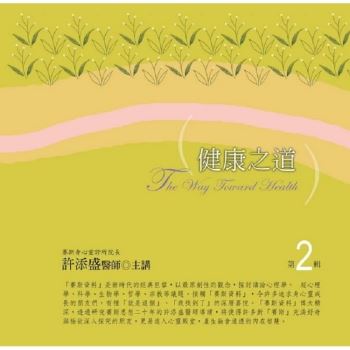Dr Peter Martens provides the first complete edited English translation of, and commentary on, Issac Vossius’s De poematum cantu et viribus rythmi, a late seventeenth-century work of Continental musical humanism, all the more interesting for being published in England and dedicated to royalist Henry Bennett, Duke of Arlington. This treatise plays an important but poorly understood role in the continued development of rhythmopoeia; Vossius continues the arguments of figures such as Vincenzo Galilei and Marin Mersenne - desiring to link linguistic rhythm, music, and the passions - by proposing a practical, if undemonstrated, method for doing so based on ancient poetic feet. This resuscitation of poetic feet in the service of affect is made explicit by Vossius, but is undoubtedly more familiar to musicologists from Wolfgang Caspar Printz’s 1696 Phrynis Mitilenaeus or Johann Mattheson’s 1739 Der vollkommene Capellmeister. Vossius, or more correctly, De poematum cantu, was often cited during the century after its publication, and no modern treatment of rhythmopoeia seems complete without a citation or short excerpt from this work. There is little secondary literature that focuses on this treatise, but what does exist links this work directly to John Dryden’s composition of his 1687 and 1697 St. Cecilia odes, and their musical settings by Giovanni Battista Draghi and Jeremiah Clarke, respectively. In Dean Mace and H. Neville Davies’ debate over the extent of Vossius’s influence on these works can be found a rich picture of the contentious issues surrounding text-setting and musical affect that so occupied a great many writers in late-seventeenth-century England. A full translation and accompanying discussion of Vossius’s own sources and musical influences allows English-language students and scholars to access and study this work in the depth and to the degree it deserves.
| FindBook |
有 1 項符合
Isaac Vossius’s de Poematum Cantu Et Viribus Rhythmi, 1673: On the Music of Poetry and Power of Rhythm的圖書 |
 |
Isaac Vossius’s de Poematum Cantu Et Viribus Rhythmi, 1673: On the Music of Poetry and Power of Rhythm 作者:Martens 出版社:Routledge 出版日期:2024-05-27 語言:英文 規格:平裝 / 194頁 / 普通級/ 初版 |
| 圖書館借閱 |
| 國家圖書館 | 全國圖書書目資訊網 | 國立公共資訊圖書館 | 電子書服務平台 | MetaCat 跨館整合查詢 |
| 臺北市立圖書館 | 新北市立圖書館 | 基隆市公共圖書館 | 桃園市立圖書館 | 新竹縣公共圖書館 |
| 苗栗縣立圖書館 | 臺中市立圖書館 | 彰化縣公共圖書館 | 南投縣文化局 | 雲林縣公共圖書館 |
| 嘉義縣圖書館 | 臺南市立圖書館 | 高雄市立圖書館 | 屏東縣公共圖書館 | 宜蘭縣公共圖書館 |
| 花蓮縣文化局 | 臺東縣文化處 |
|
|
圖書介紹 - 資料來源:博客來 評分:
圖書名稱:Isaac Vossius’s de Poematum Cantu Et Viribus Rhythmi, 1673: On the Music of Poetry and Power of Rhythm
內容簡介
作者簡介
Peter Martens is Professor of Music Theory at Texas Tech University and serves as Associate Dean for Faculty, Research and Creative Activity in the Talkington College of Visual & Performing Arts. Dr. Martens holds bachelor’s degrees in music and classics from Lawrence University, and M.A. and Ph.D. degrees in the History and Theory of Music from the University of Chicago.
|











